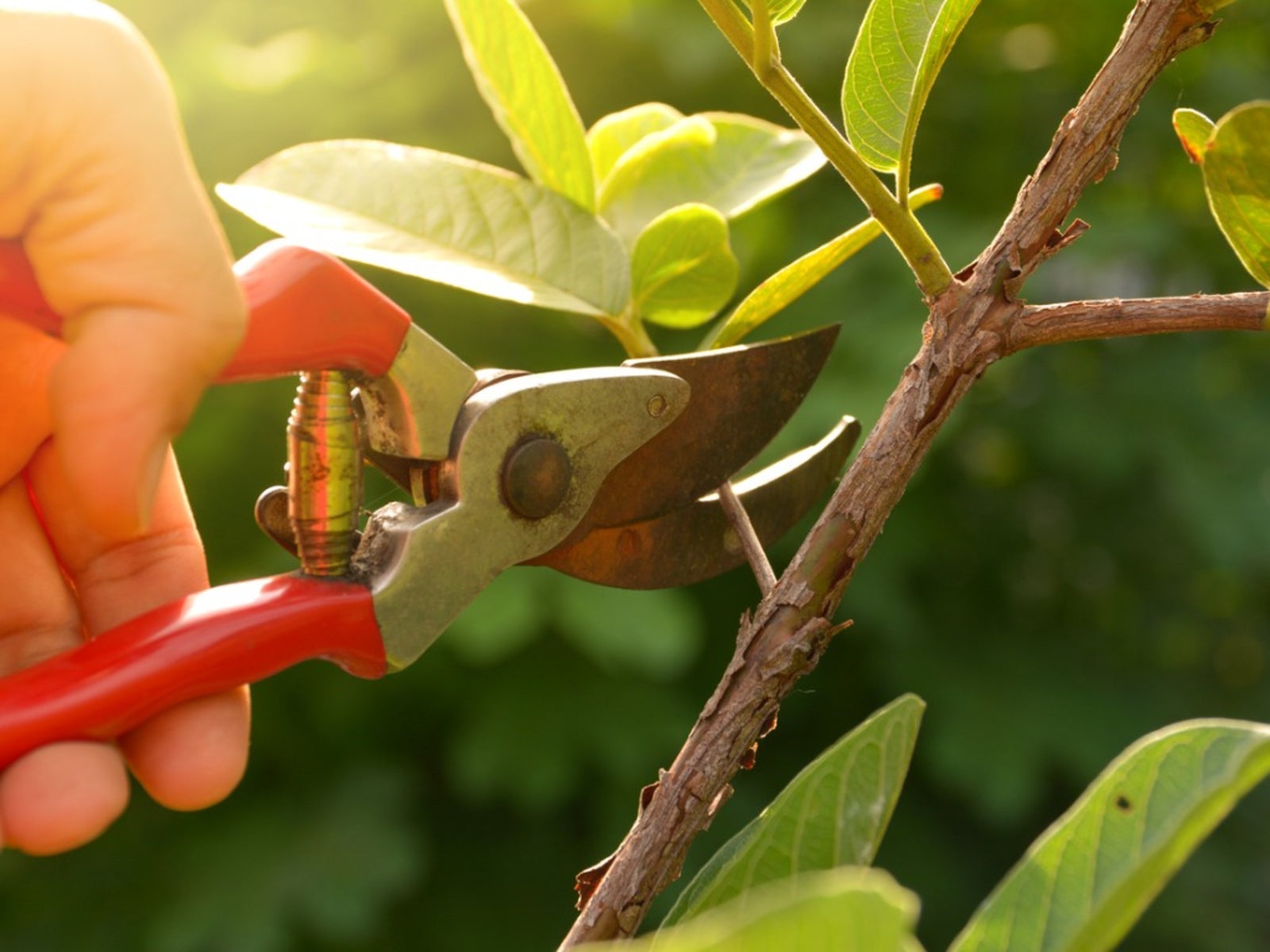Pruning In The Garden – Do You Have To Prune Garden Plants


Are your trees and shrubs starting to look a little neglected? Have your flowers quit blooming? Maybe it’s time for a little tidying up. Find out when to trim garden plants in this article.
Pruning in the Garden
Nothing improves the appearance of a garden like pruning at just the right time. The plants look neater, and they’ll often reward you with a fresh flush of flowers after a good trim. The best time for pruning in the garden depends on the type of plant. Do you have to prune garden plants? Most plants will survive without pruning, but they will live longer, healthier lives and look better if you do prune them. Once you gain confidence in your skills, you’ll find that pruning is simply one of the true joys of gardening.
Pruning Shrubs and Trees
If you don't want to lose an entire year of flowers, you'll have to carefully time the pruning of trees and shrubs. Here are the basic rules:
- Trees and shrubs that bloom in early spring are usually blooming on last year’s growth. Prune them immediately after the flowers fade.
- Trees and shrubs that bloom later in the year are blooming on new growth. Prune them in late winter or early spring before new growth begins.
- If a tree is grown for showy foliage rather than flowers, prune it in late winter or early spring.
- Avoid pruning between late summer and early winter unless you are trying to correct disease problems or damage. Plants pruned too late in the year may not have time to heal over before winter weather sets in.
Here are some exceptions to the pruning rules that are important to help the tree avoid type specific diseases and physiological conditions:
- Prune apple trees and their close relatives, including flowering crabapple, mountain ash, hawthorn and cotoneasters, in late winter to avoid bacterial fire blight.
- Don’t prune oaks from April through October. Oaks pruned during these months are more likely to suffer from oak wilt disease.
- Prune trees that tend to bleed sap after the leaves are fully open, in late spring or summer. This includes trees in the maple, birch and butternut families.
- Remove broken and diseased branches and stems as soon as they occur.
Herbaceous Plant Pruning
One of the best ways to keep your annuals and perennials blooming freely is to pinch off faded flowers regularly. This process, called deadheading, keeps the flowers from successfully making seeds, so the plant keeps trying by making more flowers. Cut back annuals and perennials in midsummer if they are beginning to look leggy or have stopped flowering. Most plants can be reduced in size by one third without damage, and many can be cut back by half. Most annuals can be cut back to five inches from the ground. Some plants need the tips of their main stem pinched out. This keeps them from getting too tall and leggy, and promotes bushy growth. Perennials that need pinching include:
Some annuals that need pinching include:
Sign up for the Gardening Know How newsletter today and receive a free copy of our e-book "How to Grow Delicious Tomatoes".

Jackie Carroll has written over 500 articles for Gardening Know How on a wide range of topics.